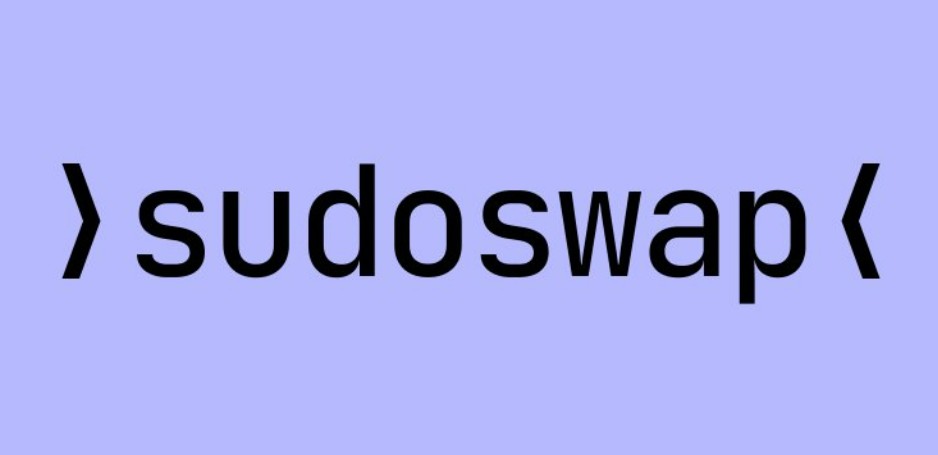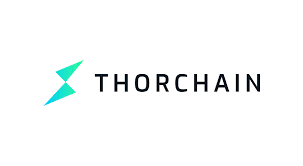
Ramses Exchange
Ramses is a next-generation automated market maker (AMM) designed as Arbitrum's central liquidity hub, combining Uniswap v3's core with custom incentives and governance.
Overview
Ramses is a decentralized exchange protocol built as a next-generation automated market maker (AMM) on the Arbitrum Layer 2 blockchain. It aims to serve as the central liquidity hub for Arbitrum by integrating the proven core mechanics of Uniswap v3 with additional features tailored for enhanced liquidity incentives and governance. Ramses combines a custom incentive engine and a vote-lock governance model to empower token holders and liquidity providers with more control and rewards, while maintaining a streamlined user experience.
The protocol targets DeFi developers and liquidity providers who want to deploy or interact with a robust AMM optimized for Arbitrum's scalability and low fees. Ramses offers a developer-friendly environment with an open-source codebase hosted on GitHub, comprehensive developer documentation, and a clear contribution workflow. Developers can fork the repository, create feature branches, and submit pull requests to contribute or customize the protocol.
What sets Ramses apart is its combination of Uniswap v3's secure and battle-tested AMM design with a unique incentive mechanism and governance model that encourages long-term participation and community-driven decision-making. This approach aims to increase liquidity depth and stability on Arbitrum, addressing common challenges in decentralized exchange liquidity fragmentation. Ramses is positioned as a specialized AMM for Arbitrum, focusing on governance and incentives rather than just replicating existing AMM designs.
To get started, developers can access the detailed developer guide on the Ramses documentation site, which covers branching models, development workflows, pull request procedures, and community governance roles. The open development model encourages contributions from the community, with roles defined for administrators, maintainers, and contributors to manage the codebase and project evolution.
The Problem
Decentralized exchanges on Layer 2 blockchains like Arbitrum face liquidity fragmentation and lack tailored incentive mechanisms that align with community governance. Existing AMMs may not fully leverage governance models or incentive engines to maximize liquidity depth and user engagement.
The Solution
Key Features
Ramses Exchange Alternatives
Explore web3 competitors and apps like Ramses Exchange.

AtomicDEX
Pricing
Free | |
|---|---|
| Price (Monthly) | Free |
| Price (Annual) | Free |
| Messaging | N/A |
| Support | Community support via GitHub |
| Analytics |
Start Building Now
Reliable RPC, powerful APIs, and zero hassle.
Resources
Ramses provides comprehensive developer documentation covering development workflows, branching models, pull request guidelines, and community governance. The documentation supports contributors in understanding the codebase and contributing effectively.







